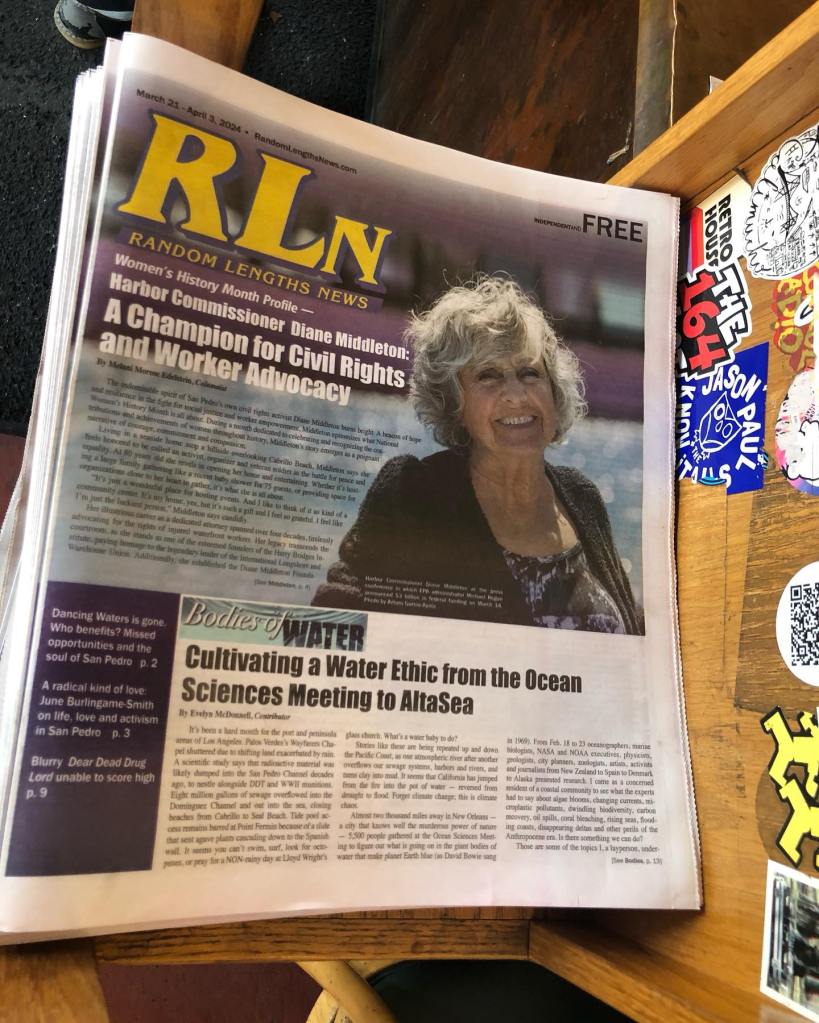They should be inducting Sinéad. It’s bad enough that the Rock & Roll Hall of Fame voters did not choose the nominated global groundbreaker and instead elected, gulp, Foreigner. (And Peter Frampton. And the Dave Matthews Band. And …) The committee that selects the musical excellence and influence awards could have made an end run around the voting body’s systemic sexism to give Sinéad O’Connor an award for excellence, as they are doing for Jimmy Buffett and the MC5. Clearly the hall chose those acts now because Buffett and Wayne Kramer of the MC5 died in the past year. Those were good, honorable choices. But they make the omission of the iconic and historic Irish singer and songwriter in this year when her death rocked so many fans’ worlds even more fucked up. O’Connor’s music and activism changed people’s lives, and will continue to do so for decades if not centuries. Without dissing other choices, O’Connor should have been the slam-dunk pick of 2024. Actually she should have been the slam dunk pick for the last 13 years, since she has been eligible. To not induct Sinéad says a lot about the hall’s endemic female trouble. This year’s class will bring the overall percentage of female inductees to a whopping 8.83, incremental progress since I first started keeping track in 2019.
Sinéad was a revolutionary. The Rock Hall is a conservative institution.

That major caveat aside, I am overall impressed with the class of 2024 – especially some of the interesting and smart choices of the board, especially especially Willie Mae “Big Mama” Thornton and Dionne Warwick. These pioneers have been too long passed over by the hall, and the fact that they are both being inducted this year gives me hope that the Cleveland institution is serious in its efforts to diversify. Same for the induction of Suzanne de Passe, the multitalented executive who is being given the Ahmet Ertegun Award (unfortunately named for a rock hall founder with a reputation for shitty behavior towards women).
While they are still dragging their hooves when it comes to gender, the hall has reversed its decline in people of color: this year’s class is 53 percent BIPOC. Still, the omission of Eric B & Rakim strikes me as the biggest disappointment after Sinéad. At least A Tribe Called Quest and Mary J. Blige are in; they had my vote. The hall is playing a delicate balancing act, trying to please fans of classic rock, hip-hop, country, blues, pop, disco, funk, etc. But why do the women always get the short end of the stick? The percentage of women in this year’s class hits double digits, barely: 11.63. Interestingly, there are no white women in the class of 2024. They remain the most underrepresented group in terms of male/female and BIPOC/white: 3.88 percent of total inductees.
Sorry, Sinéad.
(Thanks to my research assistants Athena Cheris and Tyler Roland for help with this year’s number crunching and visualizations.)





